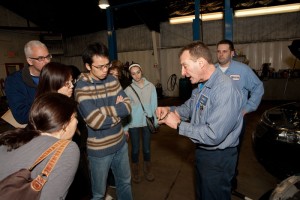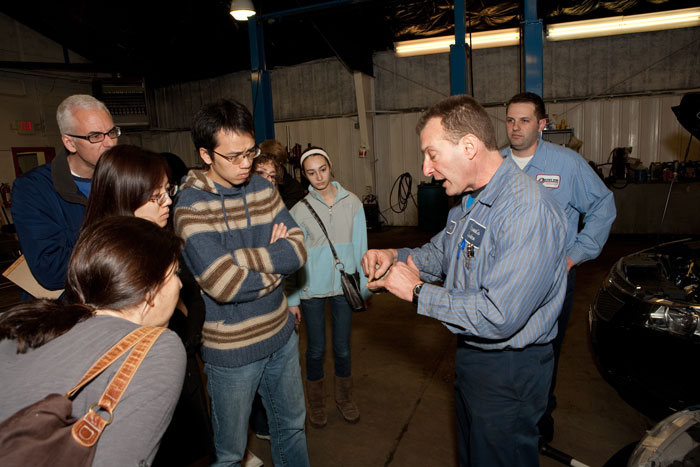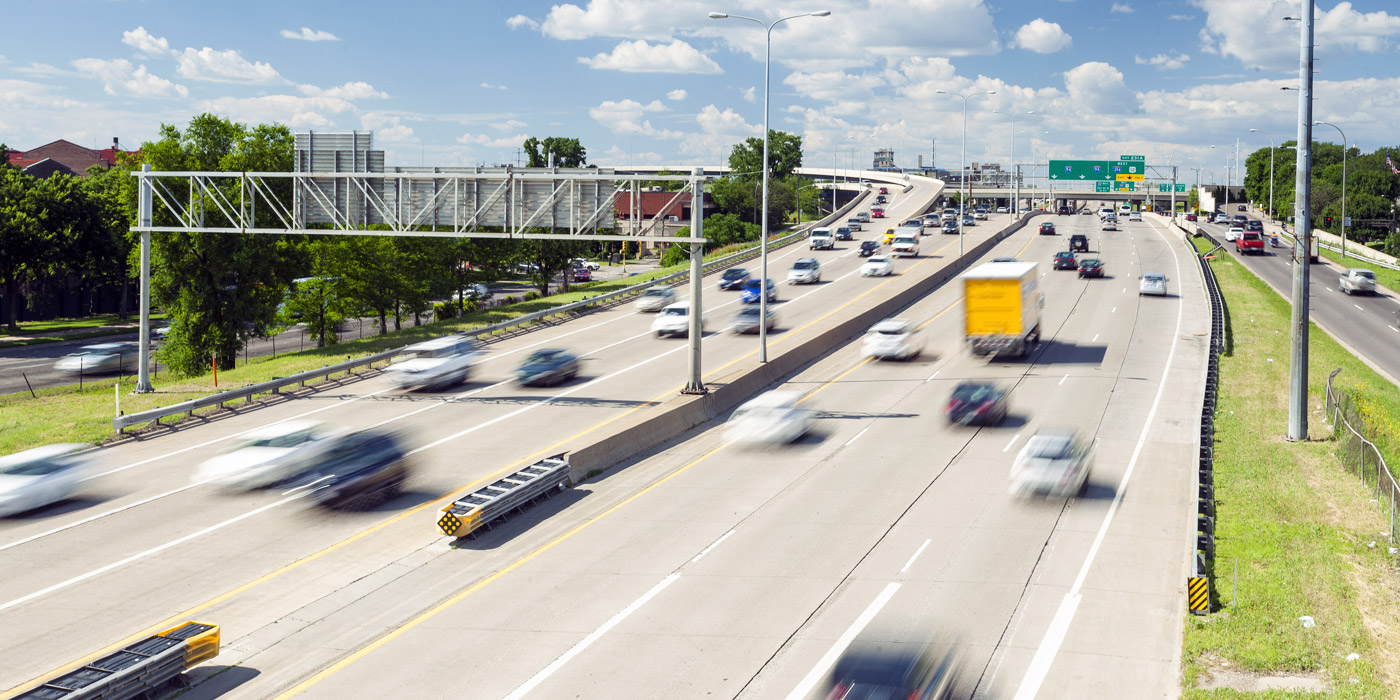
To many people, the economy may seem like some far-off issue that we as individuals have no control over. In fact the opposite is true. The American public holds the power to have tremendous impact on the local and national economy in many ways. The easiest is through two simple words: ‘Buy Local.’
The Buy Local movement has taken hold in Arizona and across the nation. At Local First Arizona, we work in every corner of the state to strengthen communities and local economies through growing, supporting and celebrating locally owned businesses with initiatives focused on education, collaboration and empowerment. We have quickly become the largest local business coalition in North America with more than 2,800 business members and 1,000 individual members, called Localists.
Our business members represent every imaginable industry, including tech startups, retailers, business services, restaurants, non-profits, law firms, furniture manufacturers, farms, wineries, auto mechanics, community banks, and beyond. Our work spans from the sprawling metropolis of Phoenix to Arizona’s smallest rural towns with their historic Main Streets. No matter where our work takes us, we are focused on one goal: make Arizona a better place, one that is more economically sustainable, diverse and resilient.
In short, we know that supporting locally owned businesses helps build vibrant communities that residents are proud to call home.
Through our efforts over the last 12 years, trends have changed and we have noticed that consumers across America are actively seeking out independent businesses. Consumers now understand that when they support the local businesses in their neighborhoods rather than national chains, up to four times more money stays and circulates in their local economy.
Consumers know the dollars they spend locally then go towards creating local jobs when that local owner hires the graphic designer, Web developer, accountant or other local business. The added re-circulation of these dollars creates additional tax revenue, which goes toward strengthening local schools, parks, and fire departments. All of this helps support unique and vibrant communities that are desirable for both locals and visitors.
Locally owned and independent businesses are getting the Buy Local message, too, and are acting with a more collaborative mindset by seeking out other local businesses for products and services that they need. Consumers and businesses are finding that when they support local businesses, it creates prosperity for themselves and for the entire communities.
The Multiplier Effect
In a recent study that we conducted with an Arizona company, CopperPoint Mutual Insurance, we discovered just how much of an impact one company can have on the local economy. The findings of this economic analysis show that locally owned companies with a vested interest in the community in fact do create a greater economic impact, indirectly supporting more jobs, payroll and output locally.
In 2009, CopperPoint spent nearly $100 million on goods and services, 82% of which was spent with Arizona-based companies. This highly localized spending created $500 million in economic impact across the state. While CopperPoint employed 555 individuals at the time, the study proved CopperPoint’s spending indirectly supported an additional 3,600 jobs in the community.
These results are what we refer to as “the multiplier effect,” or the indirect effect of initial spending habits. For example, CopperPoint has a contract with a local office supply company, Wist Office Products. When CopperPoint purchases office supplies from Wist, Wist then uses those profits to pay the salaries of local employees, purchase goods to sell, and contract with other local businesses like marketing firms.
The Wist employees then take their salaries and spend those dollars at local retailers, farmers markets, coffee shops and restaurants. The same is true for the marketing firm’s employees. The marketing firm also hires a local janitorial company to clean its office, as well as a local printing company to print business cards and other promotional materials. This money continues to flow and swirl throughout the local economy, creating additional jobs and prosperity for Arizonans.
Think Local
The Buy Local movement is obviously locally focused within individual communities, but the positive effects are felt across the entire nation. With the work of each Local First organization in cities, counties and states across America, our combined efforts are keeping millions of dollars circulating in a network of healthy local economies that create jobs. By supporting local businesses and entrepreneurs, we are working to build a more diversified economy that will better withstand harder economic times.
Our efforts are bringing large-scale manufacturing back to America as well as supporting small crafters and makers. We are growing an entire local foods economy by asking restaurants and grocery stores to source from local farmers and ranchers and encouraging individuals to visit their local farmers markets. Ultimately, we are creating a new economy that focuses on prosperity for all.
Creating strong local economies in our communities starts with us. Whether your company’s annual budget is $10,000 or $100 million or anywhere in between, here are five simple actions that you can take to start having a major impact on your community:
- Source the products you sell from local companies. When possible, buy your tires from local tire companies. If there are none in your area, you can at least make the effort to buy American-made tires. The same holds for tools, parts, uniforms and equipment.
- Localize your business. Find local companies for all of the products or services that your business needs, from office supplies to janitorial services to website developers and beyond. Every dollar you spend locally will be returned to you in a strong local community that you help to support.
- Encourage your employees to support local businesses in the area. Identify the local lunch spots, convenience stores, car washes, pharmacies and other businesses that your employees may frequent. When these businesses see your employees spending their money locally, they will be more inclined to seek you out to reciprocate the next time they need new tires or service.
- Support local community initiatives and nonprofits. Surveys show that consumers are more inclined to frequent businesses that care about social responsibility and community engagement. Plus, these kinds of efforts are a great way to get media attention and build positive relationships with potential customers.
- If you have a Local First organization in your area, become a member and support their efforts. You can find a list of these organizations across the country at BeALocalist.org.
Every day, you cast your vote for the kind of community you want when you choose where to spend your money. Spending your dollars with your fellow local businesses helps build better communities with stronger economies, and that is the most important effort you can make to create a new national economy that supports prosperity for all.
Buying locally changes our world for the better, one purchase at a time.














